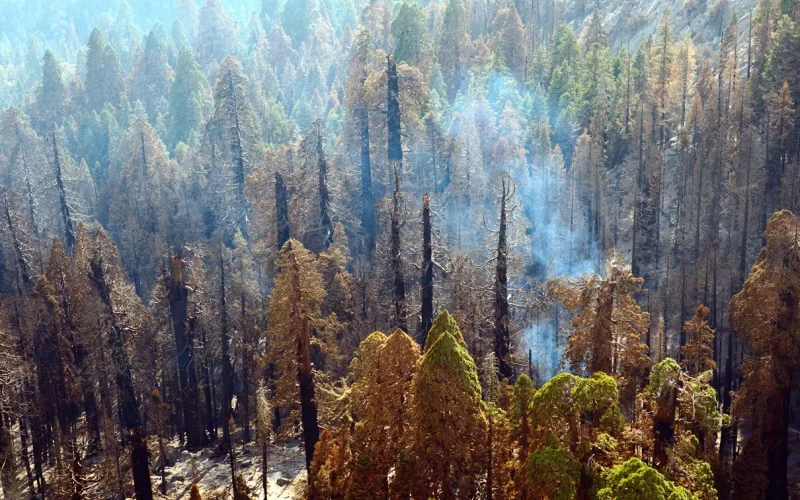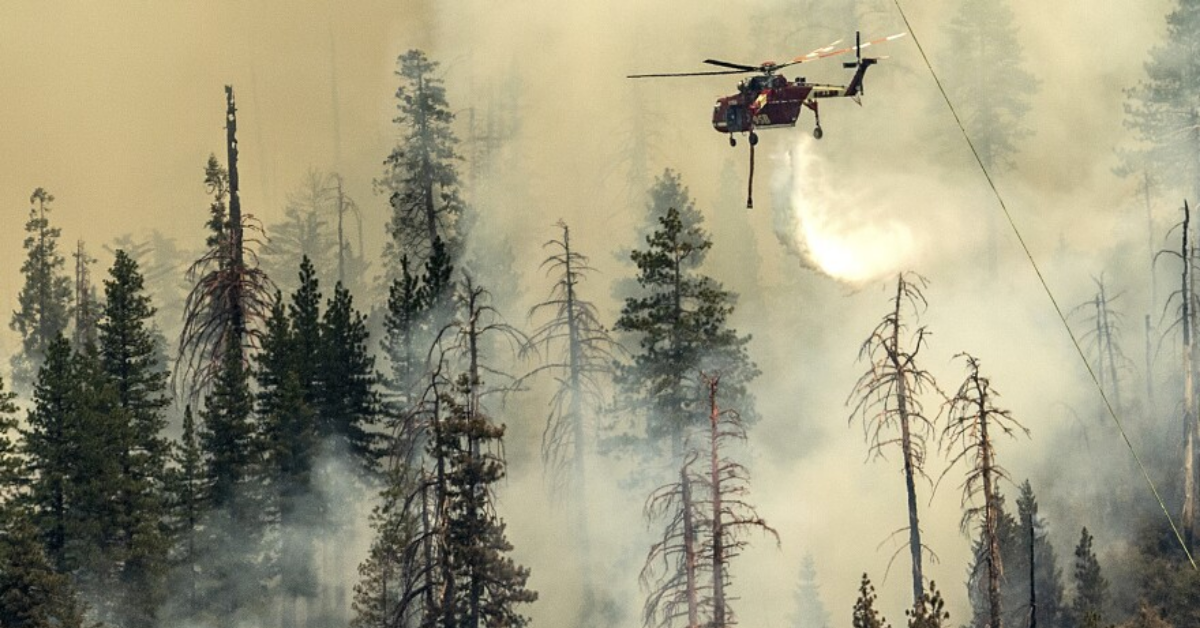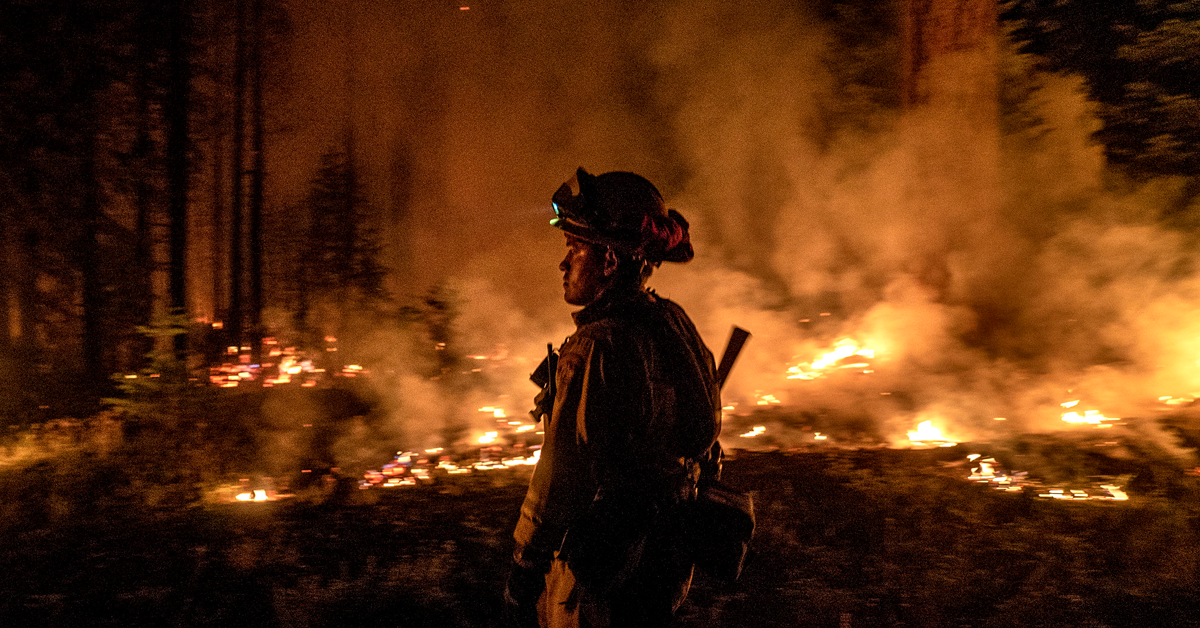Environmental groups are trying to block the Sequoia National Forest’s plan to remove thousands of trees in response to two devastating wildfires in 2020 and 2021.
Last month the Sierra Club, Earth Island Institute and Sequoia ForestKeeper filed a lawsuit against the U.S. Forest Service over the plan.
The backstory: In 2020 the Castle Fire burned 171,000 acres, including over 9,500 acres of giant sequoia groves – one-third of all sequoia grove area across the Sierra Nevada.
- The devastating blaze killed 7,500 to 10,600 large sequoias, which is 10 to 14 percent of all large sequoias in the region.
- Just one year later the Windy Fire burned over 97,500 acres and killed 931 to 1,257 large sequoias.
Driving the news: In response to the fires, the U.S. Forest Service authorized the Castle Fire Ecological Restoration Project and the Windy Fire Restoration to restore the forests, promote a healthy ecosystem, promote resilient forest conditions and establish and maintain low fuel conditions.
- The plans include removing over 13,000 acres of forest within Giant Sequoia National Monument.
Environmental opposition: On Feb. 22 the three environmental groups filed a lawsuit in the U.S. District Court for the Northern District of California, saying the two plans constitute logging.
- They argue that the heavy machinery that would be used to clear the forests would inflict substantial environmental damage, including on critical habitat for endangered and threatened species.
- Specifically, the environmental groups say the Pacific fisher, California spotted owls and a recently discovered wolf pack that rely on the forest would have their survival threatened.
What they’re saying: Sierra Club forest campaign manager Alex Craven said in a statement that these projects would not preserve the giant sequoias for generations to come.
- “Moreover, they threaten the vulnerable and endangered species who call these landscapes home,” Craven said. “From their scale to their methods to the process used to approve them, these projects are dubious at best and at worst could ultimately harm the very sequoia trees the Forest Service has a responsibility to protect. There are clear legal requirements for managing our national forests, and it’s vital that the Forest Service follow those processes.”
Photo: National Parks Service, Anthony Caprio










